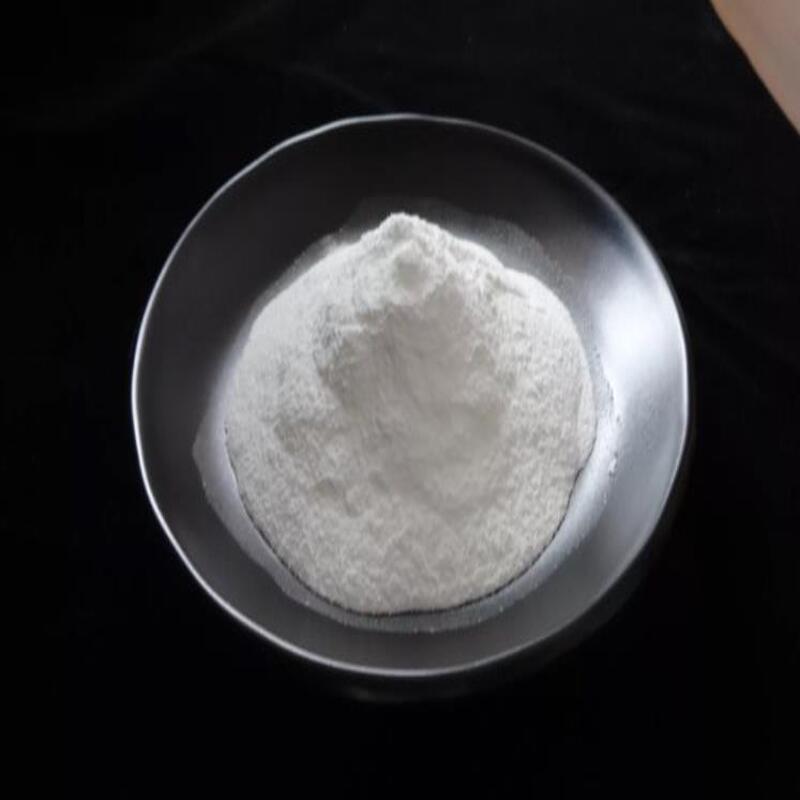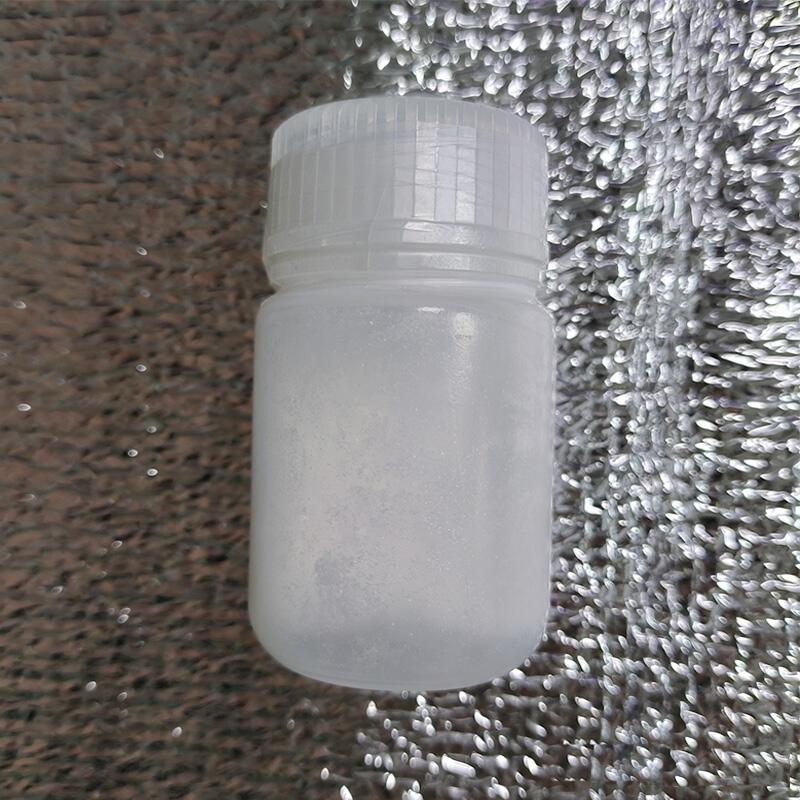-
Categories
-
Pharmaceutical Intermediates
-
Active Pharmaceutical Ingredients
-
Food Additives
- Industrial Coatings
- Agrochemicals
- Dyes and Pigments
- Surfactant
- Flavors and Fragrances
- Chemical Reagents
- Catalyst and Auxiliary
- Natural Products
- Inorganic Chemistry
-
Organic Chemistry
-
Biochemical Engineering
- Analytical Chemistry
-
Cosmetic Ingredient
- Water Treatment Chemical
-
Pharmaceutical Intermediates
Promotion
ECHEMI Mall
Wholesale
Weekly Price
Exhibition
News
-
Trade Service
Introduction The treatment drugs for chronic hepatitis B (CHB) include nucleoside (acid) analogs (NA) and immunomodulators (such as peginterferon).
The vast majority of patients are receiving long-term NA treatment, but pegylated interferon is still used in many countries.
It is not clear that combination therapy (such as NA + pegylated interferon) or conversion therapy (NA is converted to polyethylene glycol) Interferon) can improve the clinical outcome of patients.
Recently, Clin Gastroenterol Hepatol (impact factor 8.
549) published a study in which Lim and others from Singapore conducted a randomized controlled trial on patients receiving long-term NA treatment to evaluate the interference of switching or adding polyethylene glycol Efficacy and safety of the treatment of CHB patients.
The results show that, compared with switching to peginterferon, adding peginterferon on the basis of NA treatment is a better choice.
The research method included 253 CHB patients who received NA treatment for more than 12 months and had HBV DNA (-) and were randomly divided into three groups.
The patients were switched to or added peginterferon α-2b (1.
5 mg/kg/ Weekly) 48 weeks of treatment, the control group continued to receive NA treatment.
Follow up for 24 weeks.
The primary composite end point at week 72 was the disappearance of hepatitis B e antigen (HBeAg) or the reduction of quantitative hepatitis B surface antigen (qHBsAg) >1 log IU/mL, and the secondary end points were disappearance of HBsAg, HBsAg seroconversion, qHBsAg< 200 IU/mL, qHBsAg<100 IU/mL, HBV DNA (-), virus recurrence and adverse events.
The results were analyzed by intention to treat (ITT).
The results of the study included 253 patients, 51 in the control group, 103 patients who switched to peginterferon (drug change group), and 99 patients who added peginterferon (drug group) .
1.
Primary endpoint According to ITT analysis, 3.
9% of the control group, 33.
3% of the dressing group, and 26.
7% of the drug addition group reached the primary endpoint (the dressing/addition group vs.
the control group, P<0.
0001).
2.
Secondary end point The HBsAg disappearance rate of the control group was 0%, the dressing group was 7.
8%, and the drug addition group was 10.
1% (ITT, dressing/drug addition group vs.
control group, P<0.
001).
Compared with the control group, HBeAg(+) patients who received peginterferon treatment had a higher HBeAg disappearance rate, but a poorer HBsAg response rate, while HBeAg(-) patients who received peginterferon treatment had a HBsAg response The rate is better than the control group.
Among patients treated with peginterferon, the qHBsAg of HBeAg(+) patients decreased by 0.
14 log IU/mL, and the qHBsAg of HBeAg(-) patients decreased by 0.
51 log IU/mL (P<0.
0001).
3.
Drug safety and adverse events The clinical recurrence rate of the dressing change group (13.
6%) was higher than that of the drug addition group (1%) and the control group (0%).
A total of 1083 adverse events occurred in 199 patients (533 in the dressing change group, 54 in the addition group, and 8 in the control group), and most of these events were related to interferon.
One patient died of cardiac arrest not related to treatment.
Conclusion This study shows that in patients receiving NA treatment, peginterferon combination therapy has little benefit to HBeAg-positive patients, and switching to peginterferon therapy should be avoided in particular.
For HBeAg-negative patients, compared with NA monotherapy, adding or switching to peginterferon therapy can improve the primary and secondary outcomes, but may only achieve HBsAg disappearance in patients with low qHBsAg levels.
In order to balance the efficacy and safety of the drug, compared with switching to peginterferon, adding peginterferon on the basis of NA treatment is a better choice, because the addition of peginterferon is a better choice for HBeAg The efficacy of positive and negative patients is similar, and the safety is higher.
Literature index: Lim SG, Yang WL, Ngu JH, et al.
Switching to or Add-on Peginterferon in Patients on Nucleos(t)ide Analogues for Chronic Hepatitis B: The SWAP RCT[J].
Clin Gastroenterol Hepatol.
2021 Apr 22 ;S1542-3565(21)00465-1.
E-mail for submission: tougao@medlive.
cn
The vast majority of patients are receiving long-term NA treatment, but pegylated interferon is still used in many countries.
It is not clear that combination therapy (such as NA + pegylated interferon) or conversion therapy (NA is converted to polyethylene glycol) Interferon) can improve the clinical outcome of patients.
Recently, Clin Gastroenterol Hepatol (impact factor 8.
549) published a study in which Lim and others from Singapore conducted a randomized controlled trial on patients receiving long-term NA treatment to evaluate the interference of switching or adding polyethylene glycol Efficacy and safety of the treatment of CHB patients.
The results show that, compared with switching to peginterferon, adding peginterferon on the basis of NA treatment is a better choice.
The research method included 253 CHB patients who received NA treatment for more than 12 months and had HBV DNA (-) and were randomly divided into three groups.
The patients were switched to or added peginterferon α-2b (1.
5 mg/kg/ Weekly) 48 weeks of treatment, the control group continued to receive NA treatment.
Follow up for 24 weeks.
The primary composite end point at week 72 was the disappearance of hepatitis B e antigen (HBeAg) or the reduction of quantitative hepatitis B surface antigen (qHBsAg) >1 log IU/mL, and the secondary end points were disappearance of HBsAg, HBsAg seroconversion, qHBsAg< 200 IU/mL, qHBsAg<100 IU/mL, HBV DNA (-), virus recurrence and adverse events.
The results were analyzed by intention to treat (ITT).
The results of the study included 253 patients, 51 in the control group, 103 patients who switched to peginterferon (drug change group), and 99 patients who added peginterferon (drug group) .
1.
Primary endpoint According to ITT analysis, 3.
9% of the control group, 33.
3% of the dressing group, and 26.
7% of the drug addition group reached the primary endpoint (the dressing/addition group vs.
the control group, P<0.
0001).
2.
Secondary end point The HBsAg disappearance rate of the control group was 0%, the dressing group was 7.
8%, and the drug addition group was 10.
1% (ITT, dressing/drug addition group vs.
control group, P<0.
001).
Compared with the control group, HBeAg(+) patients who received peginterferon treatment had a higher HBeAg disappearance rate, but a poorer HBsAg response rate, while HBeAg(-) patients who received peginterferon treatment had a HBsAg response The rate is better than the control group.
Among patients treated with peginterferon, the qHBsAg of HBeAg(+) patients decreased by 0.
14 log IU/mL, and the qHBsAg of HBeAg(-) patients decreased by 0.
51 log IU/mL (P<0.
0001).
3.
Drug safety and adverse events The clinical recurrence rate of the dressing change group (13.
6%) was higher than that of the drug addition group (1%) and the control group (0%).
A total of 1083 adverse events occurred in 199 patients (533 in the dressing change group, 54 in the addition group, and 8 in the control group), and most of these events were related to interferon.
One patient died of cardiac arrest not related to treatment.
Conclusion This study shows that in patients receiving NA treatment, peginterferon combination therapy has little benefit to HBeAg-positive patients, and switching to peginterferon therapy should be avoided in particular.
For HBeAg-negative patients, compared with NA monotherapy, adding or switching to peginterferon therapy can improve the primary and secondary outcomes, but may only achieve HBsAg disappearance in patients with low qHBsAg levels.
In order to balance the efficacy and safety of the drug, compared with switching to peginterferon, adding peginterferon on the basis of NA treatment is a better choice, because the addition of peginterferon is a better choice for HBeAg The efficacy of positive and negative patients is similar, and the safety is higher.
Literature index: Lim SG, Yang WL, Ngu JH, et al.
Switching to or Add-on Peginterferon in Patients on Nucleos(t)ide Analogues for Chronic Hepatitis B: The SWAP RCT[J].
Clin Gastroenterol Hepatol.
2021 Apr 22 ;S1542-3565(21)00465-1.
E-mail for submission: tougao@medlive.
cn







